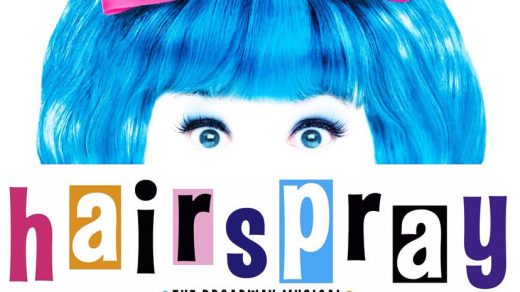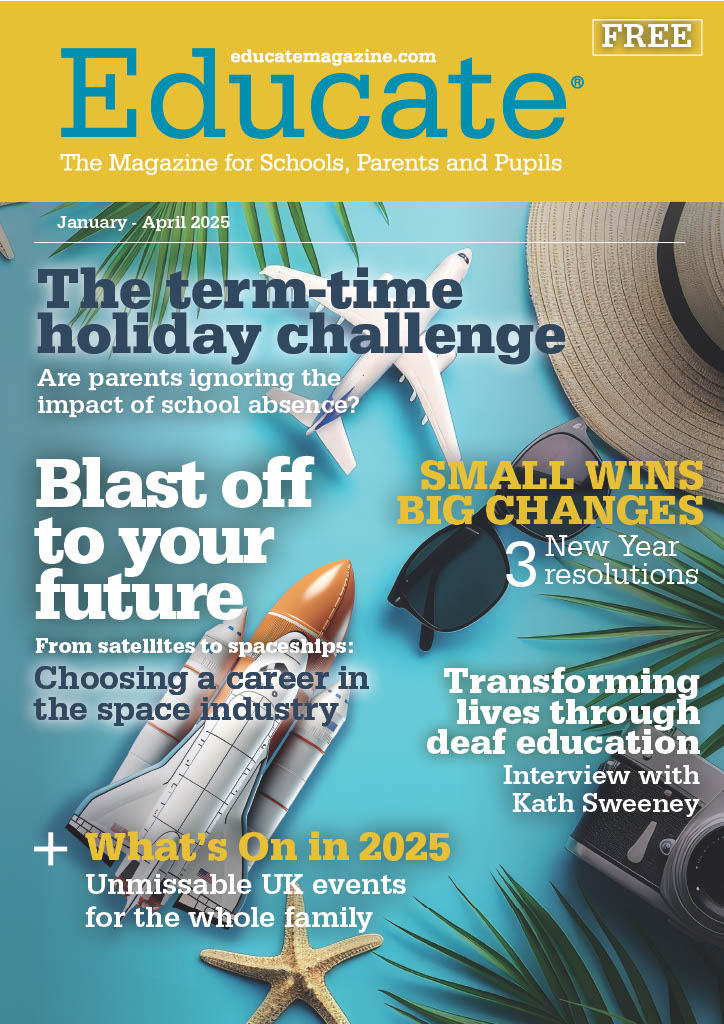Are viral TikTok revision hacks any good?

TikTok has become a hub for students seeking creative and out-of-the-box ways to boost their study sessions. Revision hacks promising better focus and improved results regularly go viral, but are they truly effective?
Izzy Garcia, programme delivery and training manager at education provider, Immerse Education, shares his take on these revision hacks, explaining whether they really work or aren’t worth your time.
#CandleStudy
#CandleStudy, which has earned over 84.4M views on TikTok, is full of videos showing students studying alongside a lit candle. The goal is to study until the candle burns out – which could take hours.
Izzy said: “Timed study sessions are an effective way to learn, but this isn’t the best way to go about it.
“Candles burn at different rates, making this an unreliable way to measure time. This could lead to an inconsistent schedule.
“Plus, studying for hours at a time without a break can actually be detrimental, causing an overload of information and fatiguing your brain. Most people work better with regular breaks.
“A good rule of thumb is to study for around three to five hours a day, however any more than this and you could risk burning yourself out. This could end up having a negative effect on your ability to retain the information you need for your exams.”

#Blurting
The #Blurting revision technique currently has 106.3M views on TikTok. Also known as a ‘memory dump’, it involves reading through a lesson or section of a textbook, then closing the book and writing down as much information as you can remember.
Students then go back through and check what information they missed, writing that down before repeating the process.
Izzy said: “Blurting is a form of active recall, which means you’re actively searching up and retrieving information from your memory.
“This makes it a pretty effective revision method, as it strengthens the neural pathways associated with the learned material, making it easier to recall the information later. By identifying specific areas where your knowledge is weaker, you can also focus your revision efforts more effectively.”
#ScribblingStudyMethod
#ScribblingStudyMethod has racked up 216.9M TikTok views. It involves scribbling with your non-dominant hand while studying, with students claiming it helps improve memory, relieve stress and increase retention.
Izzy said: “The Scribbling Method could help you stay engaged if you become easily bored and need something else to stimulate you, but there’s limited scientific evidence to support its effectiveness as an actual revision method.
“Many students would probably find scribbling a distraction rather than a focus aid, meaning it would have the opposite effect.”
#The2357StudyMethod
#The2357StudyMethod taps into spaced repetition hacks, attracting around 113.3M TikTok views so far. It’s a way for students to plan their revision sessions leading up to an exam. For example:
Start from the date of your exam and plan a revision session the day before.
Two days before your last session, plan another one.
Then count three days back from that, and plan another session.
Count five days back and schedule a session.
Then count seven days back, and pencil in your first session.
Izzy said: “Spaced repetition is a scientifically proven method to improve retention. Planning regular, shorter study sessions is generally far more effective than doing fewer, very long sessions.
“The 2357 method makes use of this, giving you a set schedule that allows plenty of time to study rather than attempting to cram everything in at the last minute.”
#Flashcards
The hashtag #flashcards currently has over 500 million views on TikTok, making it the most popular study method on the list – and for good reason. Flashcards are a simple yet powerful tool.
Essentially, you write a question or prompt on one side of a small card and the corresponding answer on the other. The beauty of flashcards lies in their ability to force your brain to actively retrieve information.
Izzy said: “Active recall, the process of pulling information from memory, cements knowledge much more effectively than passive re-reading.
“Additionally, flashcards allow you to break down complex topics into bite-sized chunks, making them less overwhelming and helping you pinpoint areas where you need a little more practice.”
Expert shares 4 revision hacks that actually work
When it comes to effective revision techniques, scientifically backed methods are the way to go. The hacks we see on social media often prioritise quick fixes over long-term learning. So, what techniques really do work according to the experts?
Strategically colour code your notes
Izzy said: “Use colour strategically to highlight key concepts, definitions, dates, or formulas in your notes. Don’t just do this randomly, though – assign specific colours for different categories or themes.
“Colour acts as a visual cue, helping your brain organise and categorise information for better recall. It also makes your notes more visually appealing, which can improve focus.”
Harness the power of scent
Izzy said: “Our sense of smell is strongly linked to memory, so pairing a unique scent with studying creates an association that may help trigger recall on exam day.
“To do this, choose a unique (and ideally pleasant) scent and use it only during your study sessions. Then, use the same scent during a test or exam to help trigger your memory.”
Study with calming music
Izzy said: “If you like to listen to music while studying, opt for instrumental music without lyrics that you don’t already know. Familiar songs or lyrics can distract your focus. Consider classical or ambient music that can reduce anxiety, decrease distractions, and promote focus.
“Be mindful of the volume, too – it should provide background ambiance, not overpower your thoughts.”

Use the Feynman Technique
Izzy said: “The Feynman Technique involves learning a new concept, then pretending you’re teaching it to a child. Simplify the idea in your own words, identify gaps in your knowledge, and find metaphors or examples to make it clear.
“This method is effective, as explaining something forces your brain to retrieve information and reorganise it. This process leads to a deeper understanding and reveals areas where you need to study more.”
Break down big tasks
Izzy said: “Overwhelming tasks can lead to procrastination and study paralysis. Break down a large assignment or a complex topic into smaller, more manageable chunks. This less daunting approach will help you get started, maintain focus, and feel accomplished as you check things off your list.”




